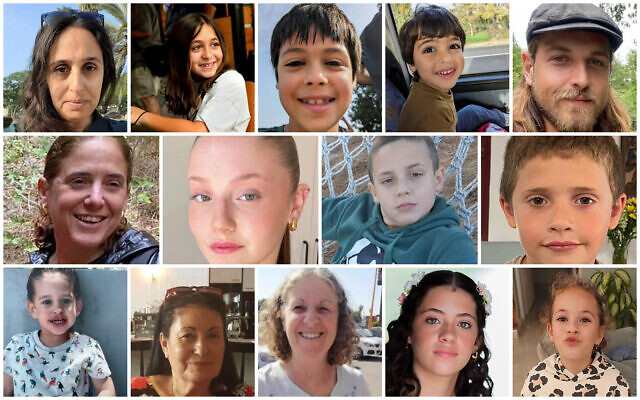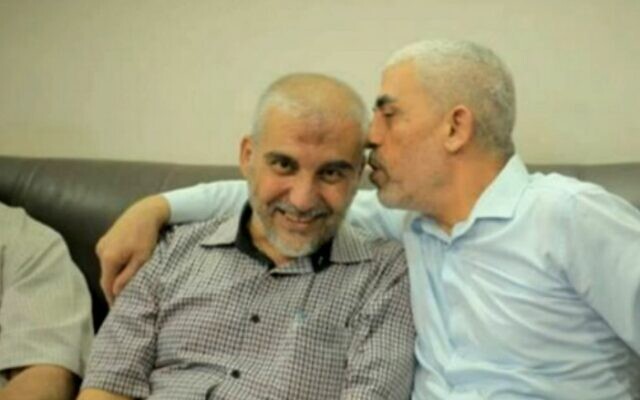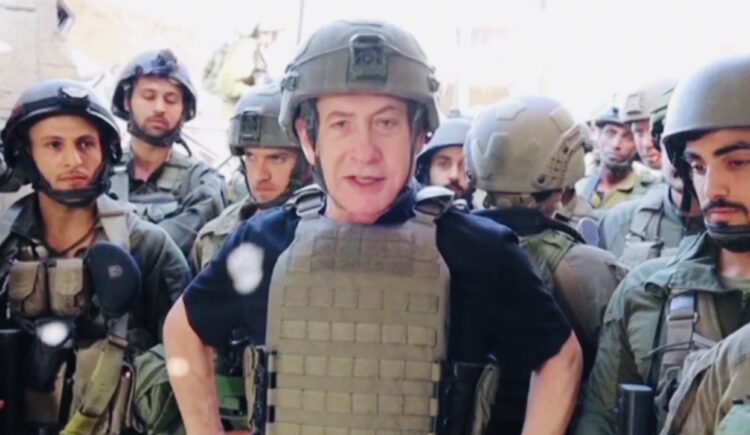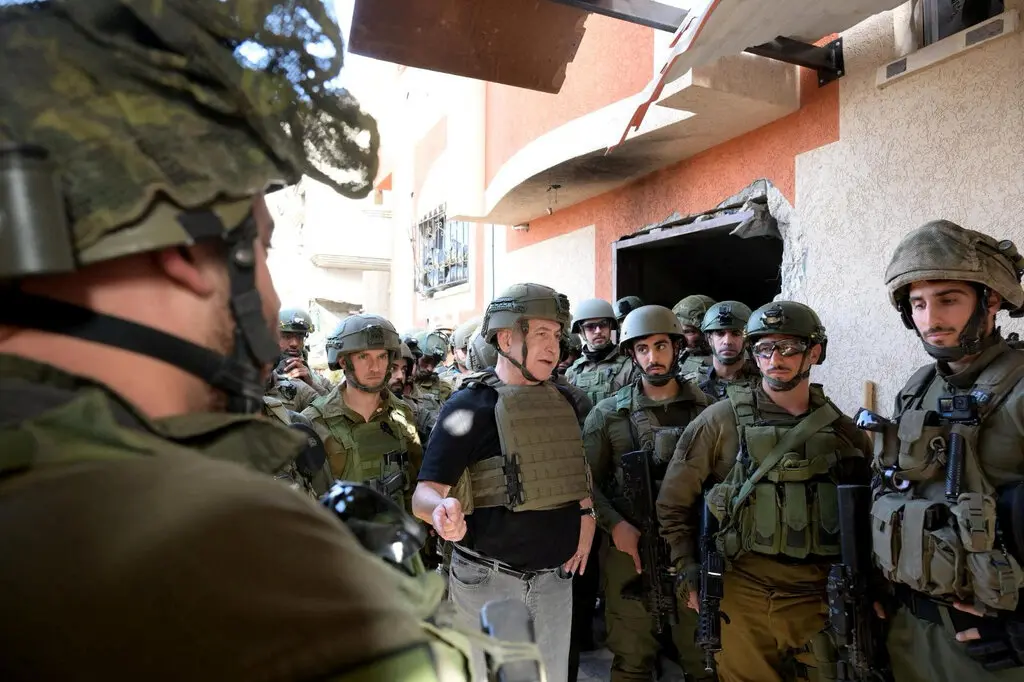As the fourth batch of Israeli and foreign hostages were released from captivity on November 27, Israel and Hamas extended their temporary pause in the Gaza Strip by two days, paving the way for 20 additional captives to regain their freedom and more humanitarian aid to flow into Gaza.
Israelis were overjoyed by the return of some of the Israeli hostages, all of whom have been women and children. But in light of Israel’s iron-clad resolve to resume its offensive, how can that objective be squared with the release of all the hostages?
In other words, how many more pauses will Israel agree to until it restarts its inevitable military campaign to eradicate Hamas’ military capabilities and degrade its ability to govern Gaza?

This is the difficult dilemma that faces Israeli Prime Minister Benjamin Netanyahu and his war cabinet as Israel comes under increasing international pressure to abide by a ceasefire, the terms of which could undermine its goal of destroying Hamas.
Hamas, having been relentlessly hammered by the Israeli armed forces since the October 7 massacre in southern Israel, seeks a truce in the interests of sheer survival. So do its allies in the Arab/Muslim world and its overseas supporters.
When the pause began a few days ago, Israel was on the move militarily. It had captured the northern part of Gaza and was on the cusp of invading southern Gaza. In addition, Israel had surrounded two Palestinian refugee camps, located and destroyed scores of tunnel shafts, captured immense stockpiles of weapons and munitions, obliterated command posts, and killed hundreds, if not thousands, of Hamas foot soldiers and several of its senior commanders.
Hamas’ military wing, the Izz ad-Din al-Qassam Brigades, admitted that Ahmed Ghandour, the commander of its northern Gaza brigade, and Ayman Siam, the head of its rocket firing unit, among others, had been killed.

Israel’s incursion into Gaza has so far resulted in the deaths of some 14,000 Palestinians, of whom 4,609 are children, according to the Hamas-run Health Ministry. It has also rendered homeless about 1.7 million of 2.2 million Palestinian residents of Gaza.
The resultant humanitarian crisis, a byproduct of Hamas’ cynical use of Palestinian civilians as human shields, has exerted growing pressure on Israel to end its offensive prematurely.
If Israel called a halt to its military operations now, Hamas would be left standing and in a position to declare victory over its Zionist enemy. From a strategic point of view, this would be an utter disaster for Israel. It would embolden Hamas and its allies, Hezbollah and Iran. It would encourage Hamas to launch yet more attacks in the future.
In short, it would imperil Israel after seventy five years of statehood.
But due to the specter of suffering Palestinians, Israel has had no alternative but to abide by pauses, which could well interfere operationally with its central objective of dismantling Hamas.
Israel’s chief ally, the United States, has been in the forefront of calling for pauses. President Joe Biden, who has been supportive of Israel in the face of critiques from liberals and leftists in the Democratic Party, has said his goal is to build on the current pauses.
“More is needed, but this deal is delivering life-saving results,” he said in a reference to the agreement, brokered by Qatar, Egypt and the United States, that has led to the release of hostages in recent days. “Critical aid is going in, and hostages are coming out. This deal is structured so that it can be extended to keep building on these results. That’s my goal, that’s our goal, to keep this pause going beyond tomorrow.”
Netanyahu has made it abundantly clear that, while he is open to extending the current pause, it will not be open ended and Israel’s ground operation will return in “full force.”
“Nothing will stop us,” said Netanyahu on November 26 during his first visit to Gaza since the eruption of the fifth Gaza war in fifteen years. “We are continuing until the end — until victory.”

“We have three goals: eliminate Hamas, return of all our hostages, and ensure that Hamas will not go back to being a threat to the state of Israel,” he added. “We are convinced we have the force, the strength, the will, and the determination to achieve all of our goals.”
Biden’s national security advisor, Jake Sullivan, fully understands that Israel is ineradicably bent on eradicating Hamas.
“Ultimately, Israel is going to want to continue to conduct military operations against Hamas, particularly the leadership of Hamas, that were the architects of this brutal, bloody massacre, the worst massacre of the Jewish people since the Holocaust,” he said yesterday in a reference to the 1,200 Israelis and foreigners who were murdered on October 7. “Hamas represents a continuing threat to Israel.”
Sullivan conceded that Hamas has exploited the hostage accord. “I can’t deny that Hamas gained some benefits from this deal,” he said. “One of them is the ability to refit and retool inside Gaza. Another is to try to use social media and other formats to generate some propaganda out of it.”
Be that as it may, the pause has enabled dozens of “innocent people coming out of Gaza to be reunited with their families,” he noted.
It is of crucial importance to Israel to facilitate the release of all the hostages, more than 200 of whom are still held by Hamas, Islamic Jihad and other armed groups in Gaza. “We are making every effort to bring back out hostages and eventually we will return them all,” Netanyahu said yesterday.
Netanyahu’s confidence that the hostages eventually will be rescued begs the question of how this fraught process will unfold.
